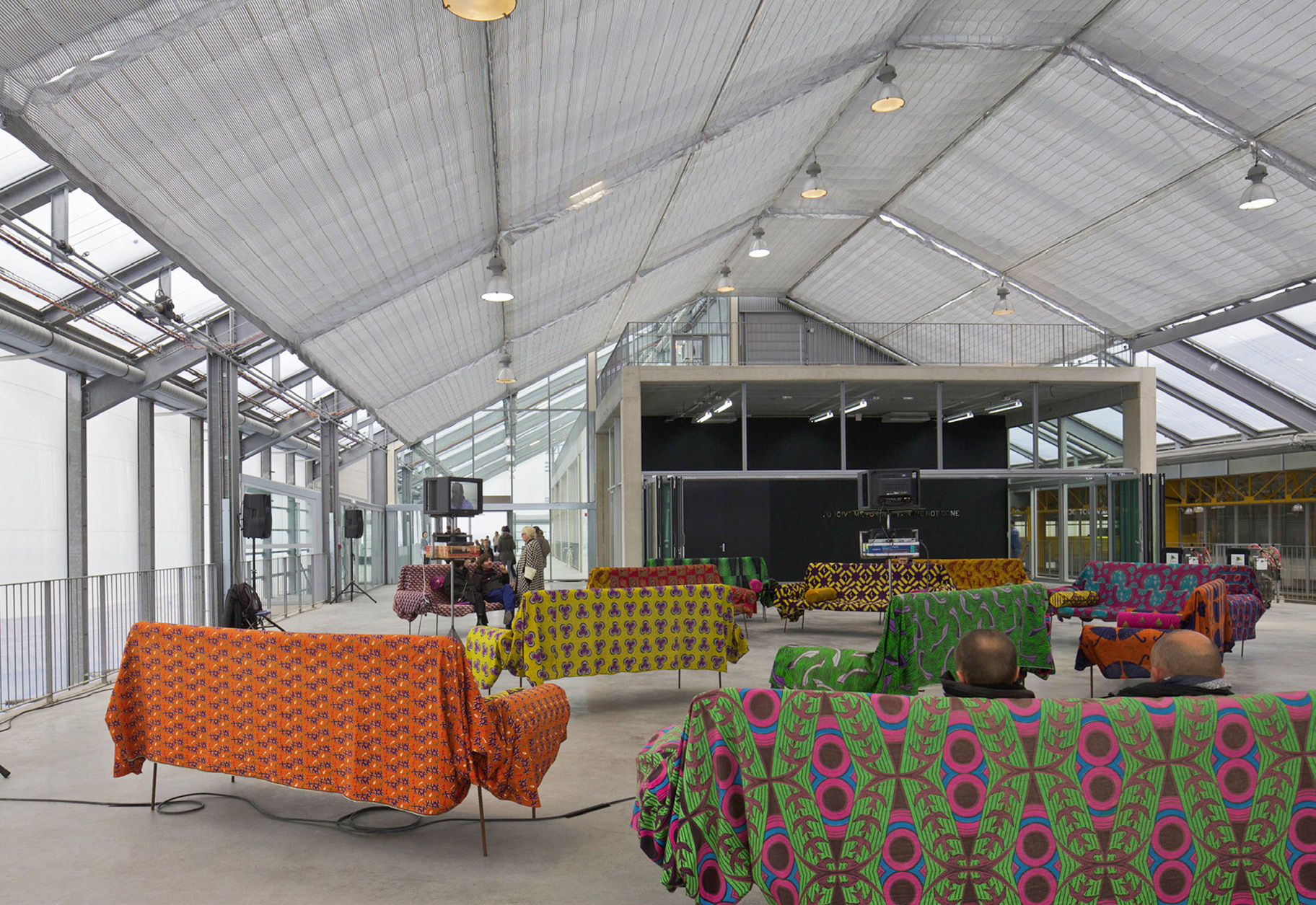INTERVENTION AS ACT
Authors from around the world were asked to contemplate about the specific time we live, characterized by violence, racism, inequality, supremacy, ignorance. These actions prompt responses, daily and globally, from Tweets to boycotts, but also kindness and unintended heroism. In the built environment, both microscopic and urbanistic, design interventions react to constraints of nature, clients, budgets, structural limits.
FARAWAY, SO CLOSE
FRAC NORD-PAS DE CALAIS: ON CLONING AND DUPLICATION
by STEFANO CORBO
In his novel Brave New World, written in 1931, writer Aldous Huxley envisions a new model of society characterized by a peculiar process of cloning: the so-called Bokanovsky Process. Thanks to this fictional example of ectogenesis –imagined by Huxley as a method of human reproduction in which a fertilized egg can be split into as many as 96 embryos– any government or political power can program the number of humans, their behaviours and their actions. As in a futuristic Panopticon, social control is achieved through biological techniques and proto-genetic engineering. Ninety-six embryos, as pointed out in the novel, mean ninety-six identical machines: by creating and manipulating an artificial working class, the Power will assure itself an infinite prolongation of the status quo.
Whereas for Huxley cloning is a medium to preserve and instrumentalize social vigilance, in many recent design strategies cloning has served as a main tool to liberate architecture from programmatic predeterminations, and at the same time, to establish renovated relationships between one or more buildings, their history and their functioning. Contrary to the scenario imagined by the English author –a world based on fear and control– architectural cloning can be an instrument of …
END OF EXCERPT
EVERYBODY’S HOUSE
THE ROSA PARKS HOUSE PROJECT
by RYAN & FABIA MENDOZA, JOÃO JOSÉ SANTOS, DIOGO VALE
The Rosa Parks House Project is the result of a series of interactions that began in Detroit, Michigan, where a decaying house on S. Deacon Street was placed on a list for demolition. The home of civil rights activist, Rosa Parks, from 1957-1959, it was saved from demolition in 2016 when her niece, Rhea McCauley, purchased it from the city of Detroit and gave it to artist, Ryan Mendoza. It catapulted out of obscurity due to the interventions of Mendoza, who moved the structure, or what was left of it, across the Atlantic Ocean to Berlin, Germany. There, it gained a new identity and notoriety through reconstruction on German soil. Transformed through this act of translocation, the structure would re-cross the ocean, with hopes of a repatriation through Brown University’s sponsorship in spring of 2018.
At Int|AR, we rejoiced that this project - steeped in art, history, preservation, memory and, of course, adaptive reuse – would be in our own backyard. On a late February afternoon, we met the delivery of the shipping containers that crossed the Atlantic with the deconstructed parts of 2672 S. Deacon Street. These were unloaded at its temporary American home: WaterFire Arts Center in Providence, RI, a 37,000 sq ft arts venue that was itself transformed from an abandoned industrial facility for the US Rubber Company. The physical components of the humble structure occupied merely a corner of this vast interior, still marked with traces of its manufacturing past.
END OF EXCERPT
TACTICAL URBANISM WHERE IT MATTERS
SMALL SCALE INTERVENTIONS IN UNDERSERVED COMMUNITIES
by SALLY HARRISON
Tactical Urbanism and the Creative Class
In 2005 a collaborative of artists and designers paid for two hours at a parking meter and installed turf, chairs and a potted tree. Inspired by stealth interventions of artists like Banksey and the Situationists, the parking space installation by the San Francisco group Rebar posed a critique of cultural values embedded in the use of urban space. 1 The idea of natural and human elements invading a space designated for car storage, and visitors finding a pleasurable respite in a parking space, became iconic. Images went viral.
Two years later, this spatial détournement had become an international event: Park(ing) Day became an opportunity for young designers to express their creativity and assert the right to claim public space, if only for an afternoon. Rebar’s instant global success is often cited as the beginning of the movement now called “tactical urbanism.” 2 Employing small-scale, short term interventions to return vibrancy to city life and “seed structural environmental change,” tactical urbanism tapped into the estrangement of the common citizen from having a role in shaping cities. 3 Though various iterations have retained a seriousness of intent with a view to addressing critical, environmental and ….
END OF EXCERPT





